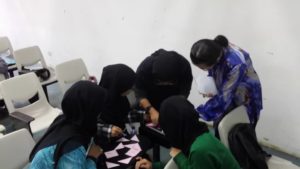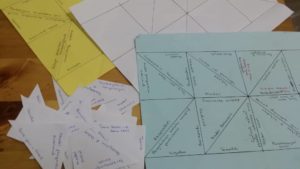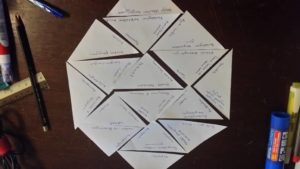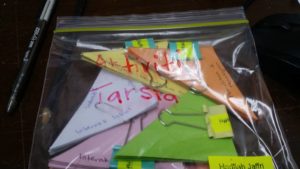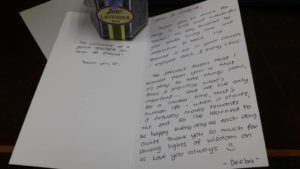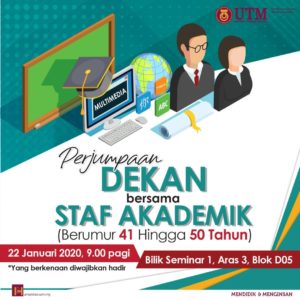After Latihan Ikhtisas, I aim to have a more manageable work-life balance life style. Indeed. In an article that I found, the author describes how as academicians we might fall into the trap of having ideal work-life balance life style, without actually having one when all what we have is in a form of IDEA. This is not good. So, I decide to stay firm when I receive ad hoc things that can jeopardise my work-life balance stance.
I got an email to inform that I was selected to be one of the facilitators for this modular course. The thing is, I have classes every single day. So, being me who never recycle old notes without making any tweaking or change of the old notes on every single semester, I need time to prepare for my classes.
A senior colleague lamented that she needs me to be one of the facilitators because I am one of the best. Back in my mind “Whatever” because I know that in our school. we have never lack of any expert in anything. You name it. We’ve got it all, y’all. Some even jack of all trades, but _____________ (fill in the blank).
The thing is, when I used to get a session for this modular course (long time ago), I normally will prepare my own notes. But at that time, at least I have one day without any class so I can prepare notes for any modular course. Now, things are different. But somehow this senior does not get it. Since I came back from my Latihan Ikhtisas, I have tuition classes almost every weekend. How about those weekends without tuition class? I will revise notes/worksheet that I want to use for my tuition class. So weekends basically is a me time for the things not related to my official work. Gone are the days when I would prepare modular courses notes on weekend. It was something that I used to do. Now, it is different.
Well, it is kind of weird because when I was not around, she could find others to replace me for the sessions. I just don’t understand why out of nowhere I have become someone “indispensable”. I must be stupid to be so gullible to believe what she said, right?
I took an action right away. I never regret with what I did. Attaboy!
